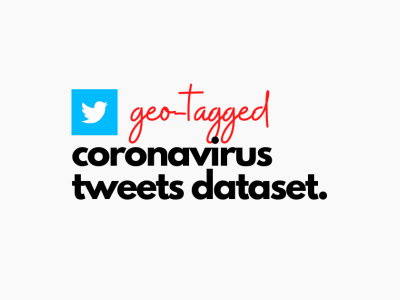Machine Learning for RSS-Based Visible Light Positioning

- Citation Author(s):
- Submitted by:
- Willem Raes
- Last updated:
- DOI:
- 10.21227/f28n-6292
- Data Format:
- Research Article Link:
 1125 views
1125 views
- Categories:
- Keywords:
Abstract
Visible Light Positioning is an indoor localization technology that uses wireless transmission of visible light signals to obtain a location estimate of a mobile receiver.
This dataset can be used to validate supervised machine learning approaches in the context of Received Signal Strength Based Visible Light Positioning.
The set is acquired in an experimental setup that consists of 4 LED transmitter beacons and a photodiode as receiving element that can move in 2D.
The dataset contains, as features, the demultiplexed received light intensities of the 4 beacons and, as target vectors, the associated measurement locations.
Instructions:
The dataset consists of two Python .npy files. The file rss.npy consists of the measured light intensities in shape (158,4) and can be loaded as follows:
light_int = np.load("rss_data.npy") # shape [158, 4]
The file loc_data.npy consists of the measured ground truth locations in the receiver plane loaded as:
locations = np.load("loc_data.npy") # shape [158, 2]







